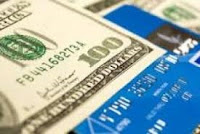Understanding Energy Ratings for Windows and Doors
The Energy Star label is good, but the NFRC label tells you even more. With the high cost of replacement windows and doors, it's wise to know exactly what you're getting for your money. Here's what all those scientific terms and numbers about energy savings mean: The 2 Most Important Window and Door Labels The two labels you should look for: The white National Fenestration Rating Council label. Nonprofit NFRC is the industry-recognized certifying body for windows and doors. The Energy Star label, which means the appliance has met strict energy efficiency criteria set by the U.S. government, in addition to the NFRC ratings. What the NFRC Label Terms Mean The NFRC label typically lists five measurements. The other three are somewhat less important to energy performance, according to Energy Star, but can help you judge how well a window or door will perform in a particular application — for example, whether it'll let in enough ligh...





